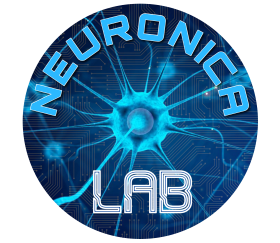The first project planned to study a solution to enable the blind to read printed text was Haptic (from the Greek word apto which refers to everything dealing with the sense of touch). It was an Italian national project funded by INFN (Istituto Nazionale Fisica Nucleare), developed by ISS (Istituto Superiore di Sanità) in Rome and by Laboratorio di Neuronica in the Dipartimento di Elettronica of Politecnico di Torino, Italy. Its goal was a series of feasibility studies concerning aids for blind, with particular regard to the access of printed information and the detection of obstacles in a short-mid range. For the first class of devices the idea was to develop a kind of hand extension, able to acquire and process images continuously and then to give the proper feedback to the user, by means of tactile stimulations. The second type of tools can be seen as a “radar walking stick”, equipped with a custom hardware/software system able to perform an object distance estimation in order to give to the user an idea of the surrounding environment. At the Politecnico di Torino the choice was to focus the attention on the first kind of aids, and to split the project into two sub-projects: the former dealing with images and the other with the text. It was clear since the beginning that a merely reproduction of the images scaled down to the tactile display resolution was not sufficient to make the user understand anything more complicated than simple drawings. On the other side, for the text recognition, completely different algorithms and approaches were needed, thus leading to the project split. Of course both devices could share the same hardware and software platform, and feedback could be anyway given by means of a tactile display (to be characterized and designed), able to reproduce both images and Braille text. From a practical standpoint, the instrument can be seen as a traditional PC mouse with a camera on the bottom side and a tactile transducer on the top side.


